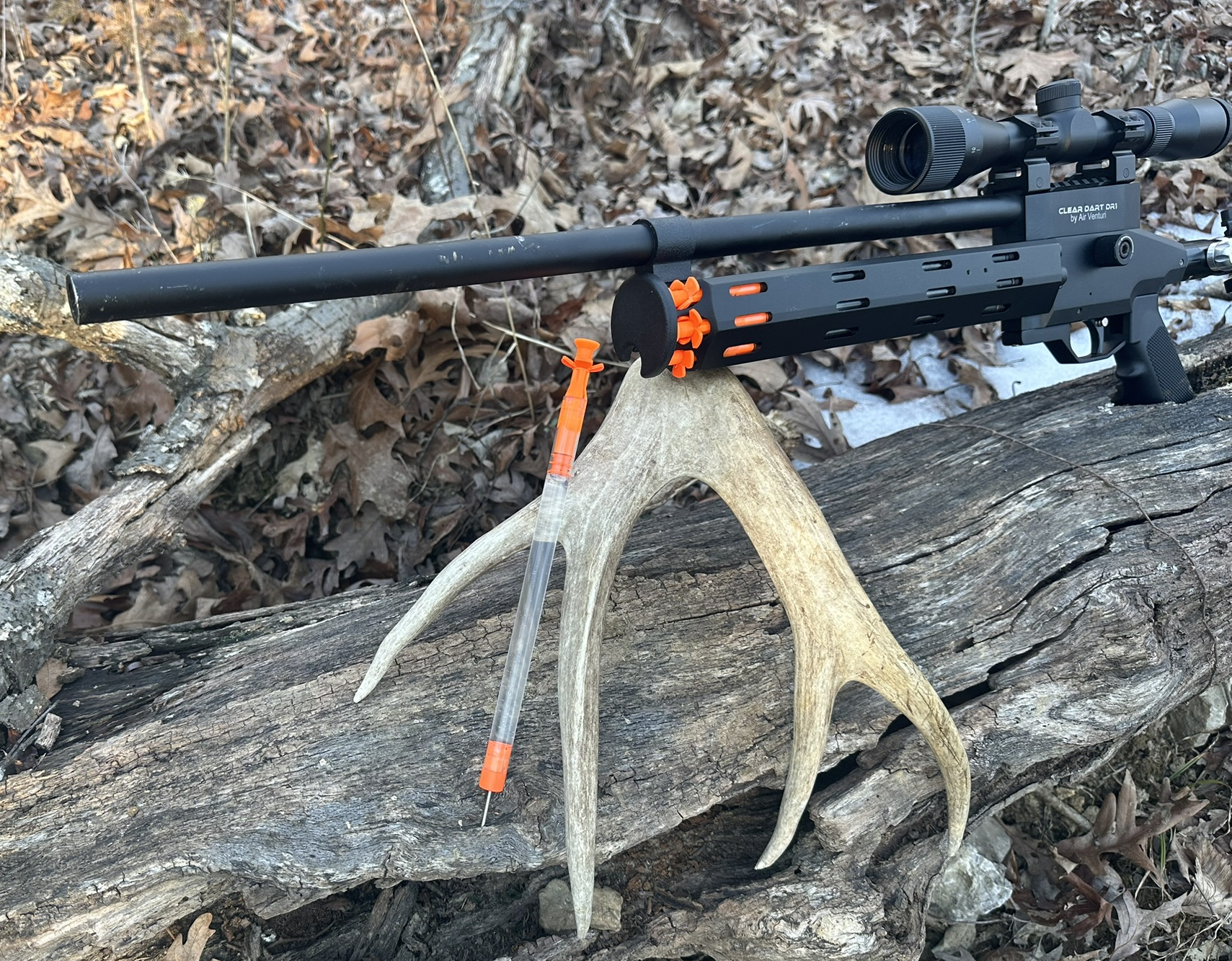Using a CO2-powered dart injection system like Clear Dart can significantly improve the efficiency and safety of medicating livestock. However, to ensure successful injections and minimize complications, it is essential to follow best practices. Below are key factors to keep in mind when using Clear Dart.
1. Maintain Your Gun Properly
A well-maintained dart gun is crucial for consistent performance. Regular maintenance includes:
- Cleaning the barrel to prevent obstructions.
- Checking the CO2 pressure to ensure proper propulsion.
- Inspecting seals and O-rings for wear and replacing them as needed.
- Storing the gun in a dry, clean environment to prevent rust and degradation.
Routine maintenance ensures that the dart is delivered with the correct velocity and precision, reducing the risk of missed or failed injections.
2. Handle Darts Correctly
Proper dart handling is essential for both safety and effectiveness. Follow these guidelines:
- Always load darts with clean hands to prevent contamination.
- Ensure that the dart is securely seated in the barrel.
- Check that the medication is properly loaded completely with no air bubbles and the dart is functioning as intended.
- Store darts in a the supplied blister packs inside of a secure container to avoid accidental punctures or damage.
Proper handling reduces the risk of malfunctions and ensures the medication remains sterile and effective.
3. Adjust the Gun Angle for Larger Darts and Longer Distances
The weight and size of the dart affect its trajectory. For larger darts or longer shots:
- Tilt the gun slightly upward to compensate for gravity and cause less tissue damage.
- Avoid excessive angle, which may cause the dart to be ineffective at penetrating the skin.
- Practice at different angles and distances to understand how the dart behaves under various conditions.
Mastering this adjustment helps ensure the dart reaches its target accurately and delivers the medication effectively.
4. Aim for a Standing Animal
Whenever possible, administer the shot while the animal is standing still. Moving animals introduce challenges such as:
- Increased risk of missing the target area.
- Potential for the dart to hit at an improper angle, reducing penetration effectiveness.
- Higher likelihood of stress or injury to the animal.
If the animal is moving, wait for a pause or a moment when it is in a stable position to ensure accurate placement.
5. Retrieve the Dart and Confirm Medication Delivery
Once the dart has been deployed:
- Locate and retrieve the dart promptly.
- Inspect the dart to ensure that the medication was successfully injected for peace of mind and animal welfare.
- If the dart still contains medication, assess the cause and take corrective measures which may involve retrieving the medicine and re-dart the animal.
- Properly dispose of used darts to prevent injury or contamination.
Since Clear Dart’s transparent design allows users to verify injection success, always check to confirm the medication has been administered before moving on.
Conclusion
Following these best practices will help ensure the successful use of Clear Dart for livestock injections. Regular gun maintenance, proper dart handling, correct aiming techniques, and post-injection verification will improve accuracy, reduce stress on animals, and enhance the effectiveness of treatments. By taking these steps, livestock owners can confidently and efficiently manage their herd’s health with Clear Dart.

